Code 11.59 by Audemars Piguet Grande Sonnerie Carillon Supersonnerie
Grande sonnerie and enamel dials by Anita Porchet for an ultra-complex 11.59.
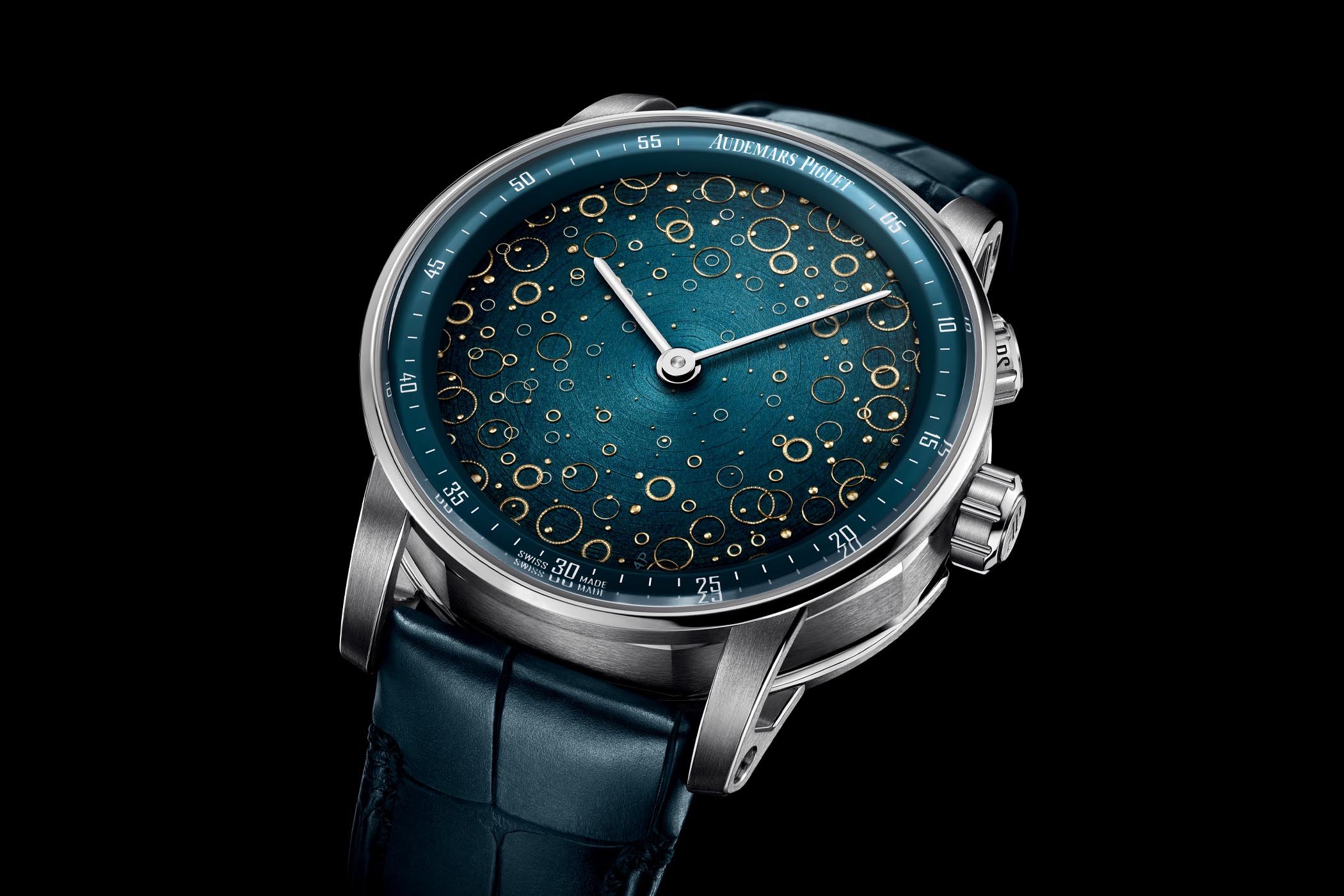
With an ultra-thin perpetual calendar, an openworked tourbillon, a minute repeater Supersonnerie and more recently, a flying tourbillon chronograph, the Code 11.59 by Audemars Piguet wasn’t short of complications… But the latest addition in the range goes a step further with a movement that features what’s probably the highest complication of them all, a grande sonnerie – something only a handful of watchmakers are capable of. So here’s the Code 11.59 by Audemars Piguet Grande Sonnerie Carillon Supersonnerie, which also pays tribute to the makers, featuring handcrafted enamel dials by master enameller Anita Porchet.
The grande sonnerie at Audemars Piguet
Chiming watches, or watches that strike the time, take us back to the origins of watchmaking. Invented in the 14th century, striking clocks had no dials and announced the time with chimes. Audemars Piguet has specialised in chiming mechanisms since its establishment in 1875. Records show that more than half of the 1,625 watches produced by the brand between 1882 and 1892 included a chiming mechanism.
The Grande Sonnerie is, without doubt, the epitome of chiming watches.
There are different sorts of chiming watches though, the best known being the minute repeater. The most sophisticated and complicated mechanism, however, is the grande sonnerie – which strikes the hours and quarters automatically, though only the grande sonnerie (not the petite sonnerie) repeats the hour at every quarter. Grande sonnerie watches are extremely rare, and only 28 Audemars Piguet watches featured a Grande Sonnerie between 1882 and 1892.

In 1892, in collaboration with Louis Brandt & Frère, Audemars Piguet crafted the first minute repeater wristwatch (29.3mm or 13 lignes in diameter) ever produced featuring two hammers set at a distance that could strike the hours, quarters and minutes on request. From 1892 to 1957, the Manufacture created 35 minute repeater wristwatches. However, due to the mechanical complexity involved, none of these wristwatches included a grande sonnerie.
Although the production of chiming pocket watches never stopped at Audemars Piguet, it drastically diminished (1930s depression, WWII…) The return of grande sonnerie mechanisms at Audemars Piguet was notable in the 1980s with the release of five masterpieces (pocket watches) made by Philippe Dufour, as seen above.
Audemars Piguet launched its first Grande Sonnerie wristwatch in 1994, a remarkable achievement for the time, with a very compact movement (28.6mm x 5.2mm). One hundred and eighty-eight wristwatch calibres featuring a Grande Sonnerie were produced between 1995 and 2002 – for instance, the Jules Audemars Grande Sonnerie Carillon Dynamograph 25945PT seen above (photos by Christie’s).
The Code 11.59 by Audemars Piguet Grande Sonnerie Carillon Supersonnerie
The grande sonnerie never ceased to exist at Audemars Piguet, as this ultra-complex movement is still available (in very low quantities) in the Jules Audemars collection. However, seeing it in the case of the brand’s modern Code 11.59 sounds like a grand return.
Classic Code 11.59 design
There is no major evolution regarding the case. The Code 11.59 by Audemars Piguet Grande Sonnerie is identical to all other models in the collection, meaning that its case is 41mm in diameter, crafted from 18k white gold and retains its complex architecture. The central container displays the hallmark AP octagonal shape, while the lugs are hollowed and integrated into the bezel’s module, with a wide dial opening.
The surfaces are treated with alternating brushed and polished accents resulting in a dynamic design. The watch is worn on a hand-stitched blue alligator strap with an 18k white gold folding clasp. And other than the pushers at 2 and 10 o’clock, nothing indicates the complex nature of this edition.
Merging Grande Sonnerie and Supersonnerie
The base for this new Grande Sonnerie Carillon watch is a movement known as reference 2956, an evolution of the calibre found in Jules Audemars watches from the 1990s. Its hand-wound architecture has been slightly updated for 2020, yet the foundations are identical. This engine is composed of 489 components, entirely assembled and decorated by hand – only a handful of watchmakers at AP are capable of assembling such a movement. It provides 48 hours of energy when fully wound and runs at a 3Hz frequency.
This new Code 11.59 is equipped, as indicated by its name, with a grande sonnerie complication. While repeaters only strike the time on demand (when activating a trigger), a sonnerie can also strike the hours and every quarter-hour by default, without any involvement from the wearer – like a bell tower. Being a grande sonnerie, this watch also comes with petite sonnerie function, meaning that it chimes the hours only. Finally, the silent mode deactivates all chiming functions. The wearer can select the function thanks to the selector at 2 o’clock.
As most sonnerie watches, the Code 11.59 Grande Sonnerie Carillon also incorporates a minute repeater. It is actuated by a pusher at 10 o’clock on demand. Another part of the watch’s name indicates “carillon”. It means that the movement is endowed with three gongs and hammers instead of two on a standard chiming watch and therefore strikes the quarter-hour with three successive notes (high, middle, low) instead of two – adding to the complexity of the watch…
Finally, this watch is a so-called “Supersonnerie”. The objective behind this patented technology, developed by Audemars Piguet in collaboration with the Swiss Federal Institute of Technology Lausanne (EPFL), was to bring the acoustic performance of pocket watches into a wristwatch. The Supersonnerie’s acoustic power, sound quality and harmonic tone are produced by patented gongs and case construction. The gongs are not attached to the mainplate, but to a new device acting as a soundboard, as we explained in the article on the first Supersonnerie watch.
Handmade enamel dials by Anita Porchet
To add to the exclusivity of this impressive masterpiece of watchmaking, Audemars Piguet has decided to collaborate with Swiss artisan enameller, Anita Porchet. Born in 1961, Anita Porchet is one of Switzerland’s most recognised and respected enamellers. Her work has been seen on watches from Patek Philippe, Vacheron Constantin, Piaget and many others. She was awarded the Gaïa Award in 2015.
For the Code 11.59 by Audemars Piguet Grande Sonnerie Carillon Supersonnerie, Anita has created a trilogy of “Grand Feu” paillonné enamel dials handcrafted with ancestral savoir-faire and tools. Each dial, with a blue enamel base, is unique. A thin layer of glass sand mixed with water is applied by hand on the gold dial before being heated at more than 800°C in a dedicated oven. The procedure is repeated multiple times to achieve transparency, depth and light.
To match the contemporary nature of Code 11.59 by Audemars Piguet, Anita has created three unique patterns with the paillonné technique using antique handcrafted gold spangles (“paillons” in French), at least a century old. Each spangle was meticulously cut and curved into thin gold shapes with antique tools and techniques. The enameller has carefully incorporated each spangle by hand onto the dial’s enamelled plate before fusion in the oven. The dial is then covered with a thin layer of transparent enamel for a mirror-polish finish. To maintain the purity of the artistic work, no indexes, numerals or complications have been added to the dial – except for the hour and minute hands.
In addition to this handcrafted trilogy of dials, Anita Porchet’s atelier is also at the disposal of clients to craft a personalised enamel dial of their choice for the two remaining watches.
Availability and price
The Code 11.59 by Audemars Piguet Grande Sonnerie Carillon Supersonnerie (ref. 26397BC.OO.D002CR.01) will be produced in small series – for the time being, only five pieces. The price is expected around CHF 725,000 (excl. taxes) but will depend on the options for the personalised enamel dial.
More details at www.audemarspiguet.com.

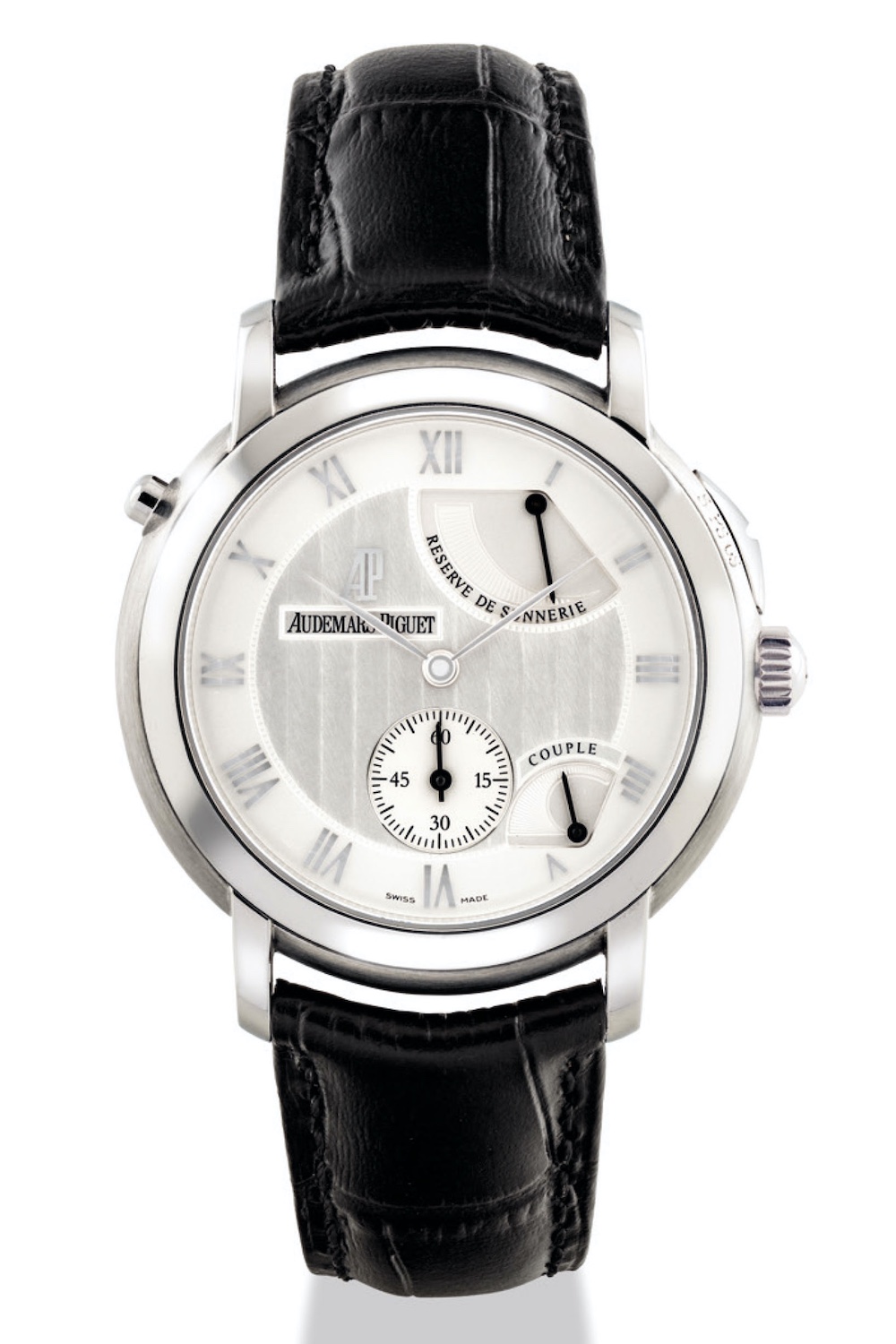
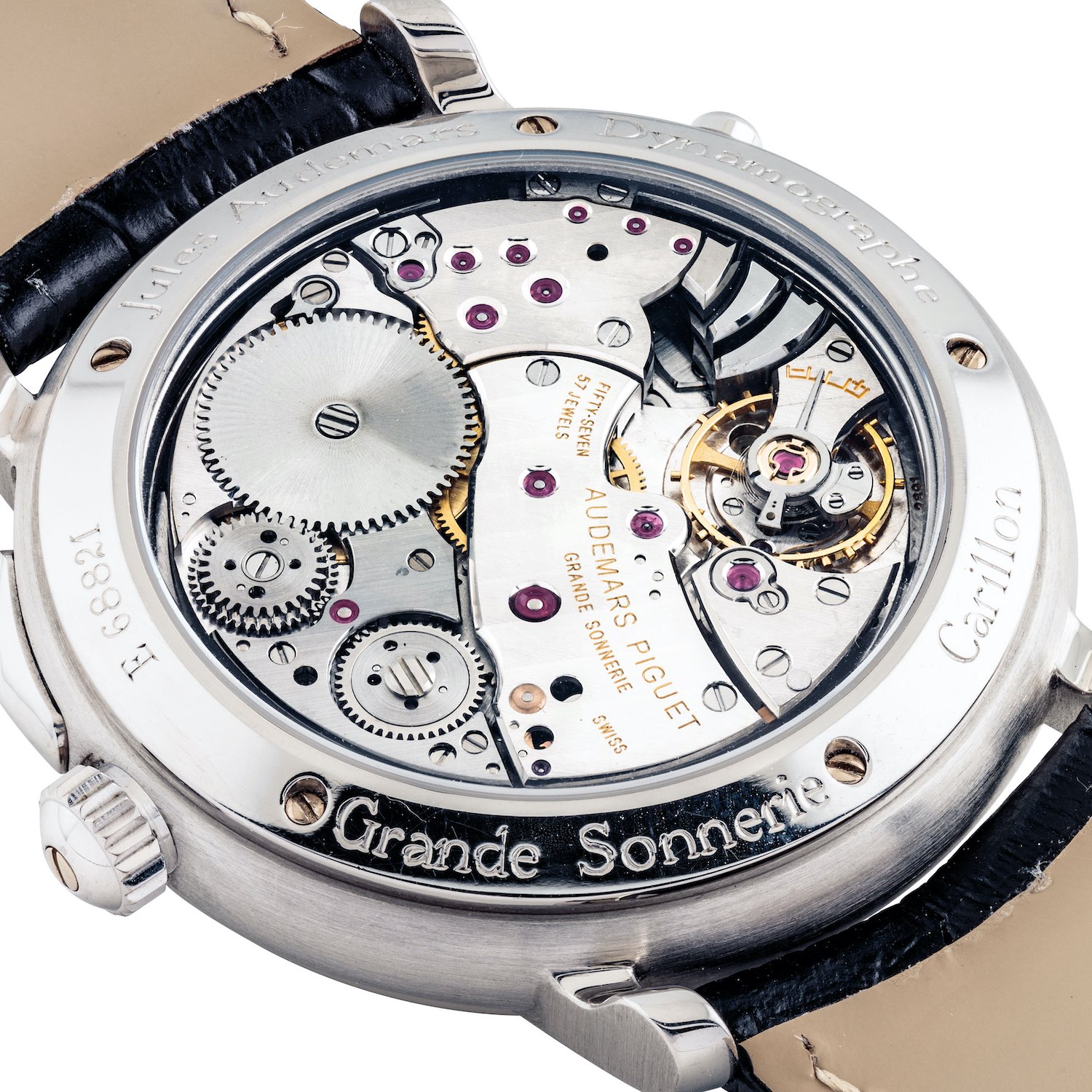
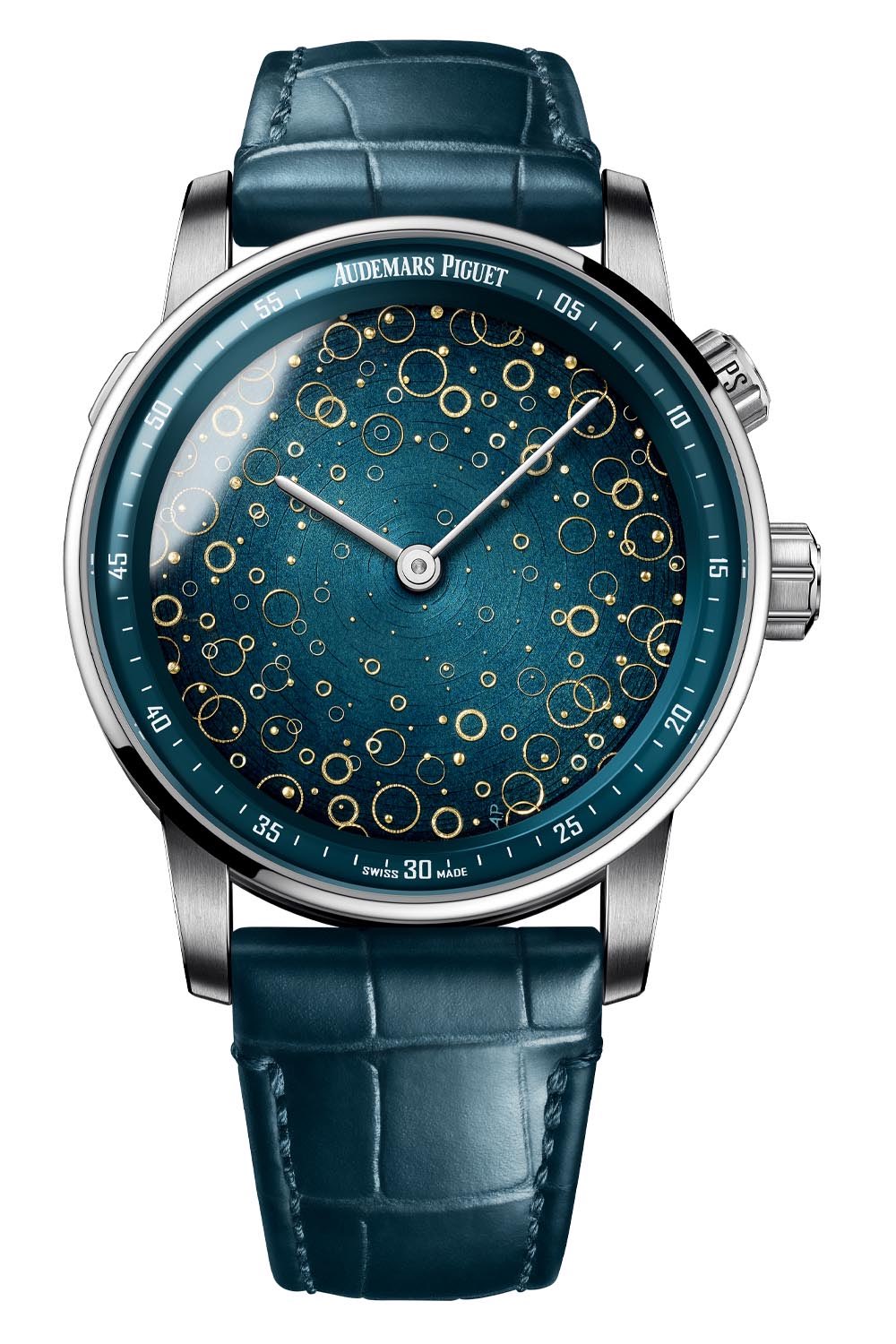
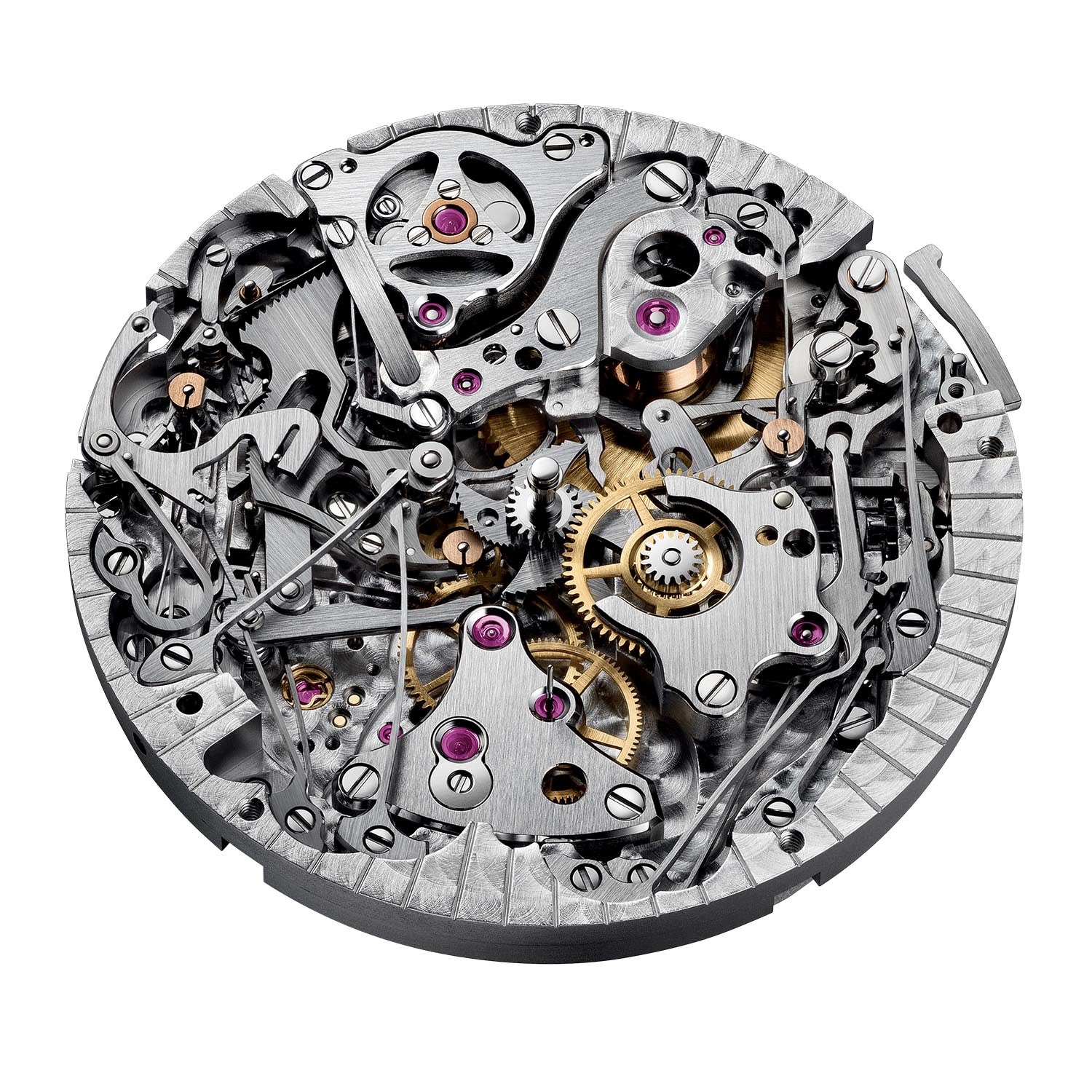
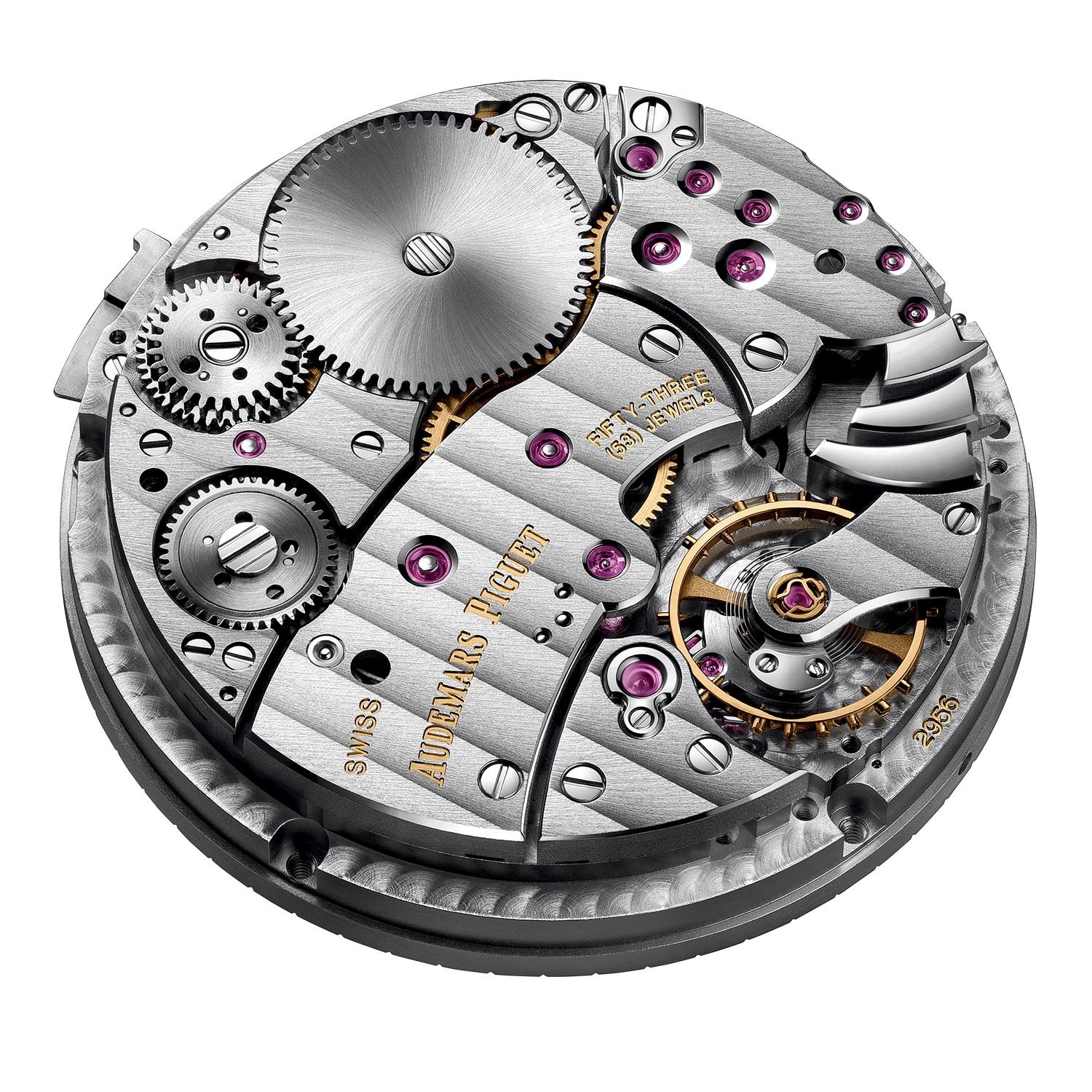
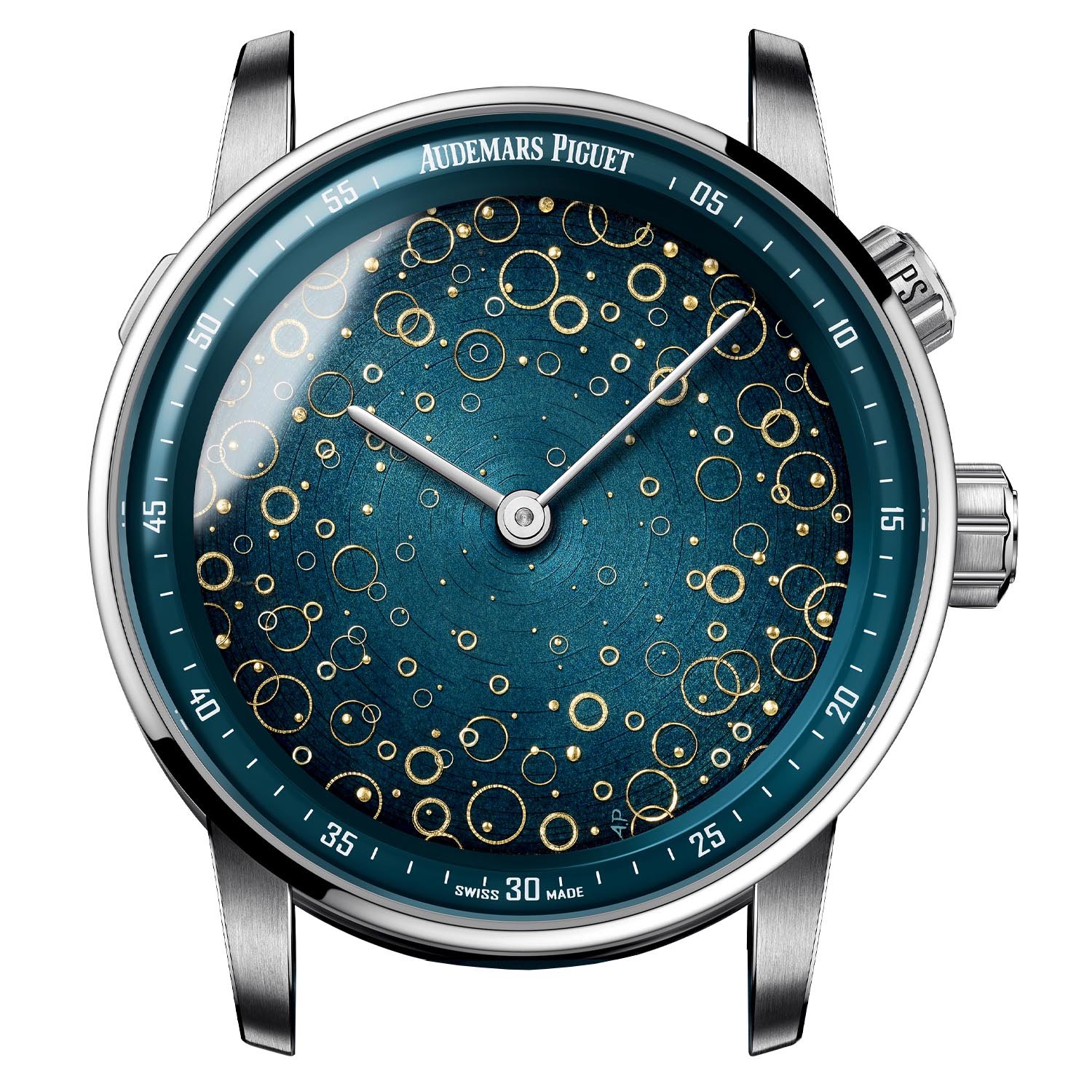
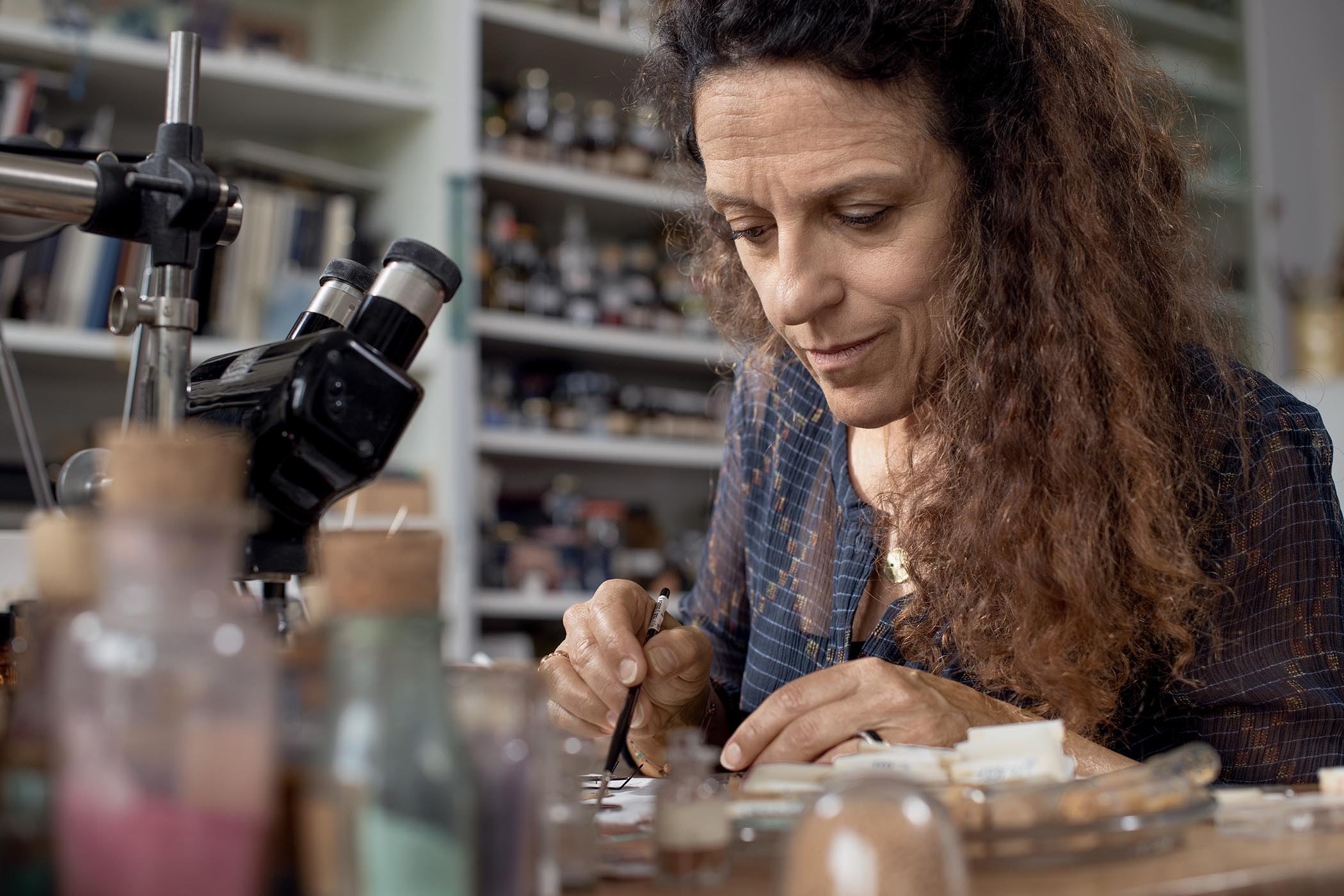
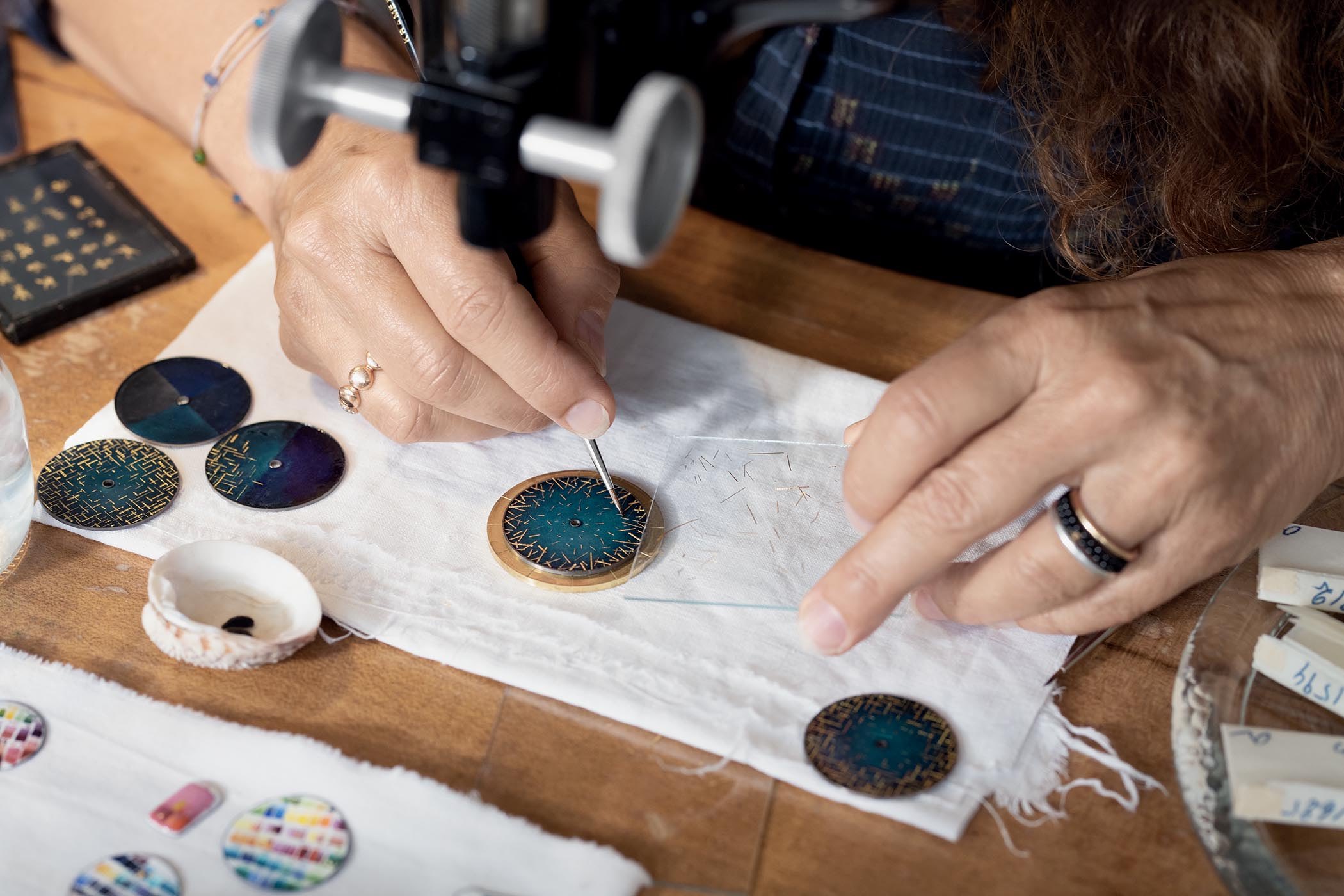
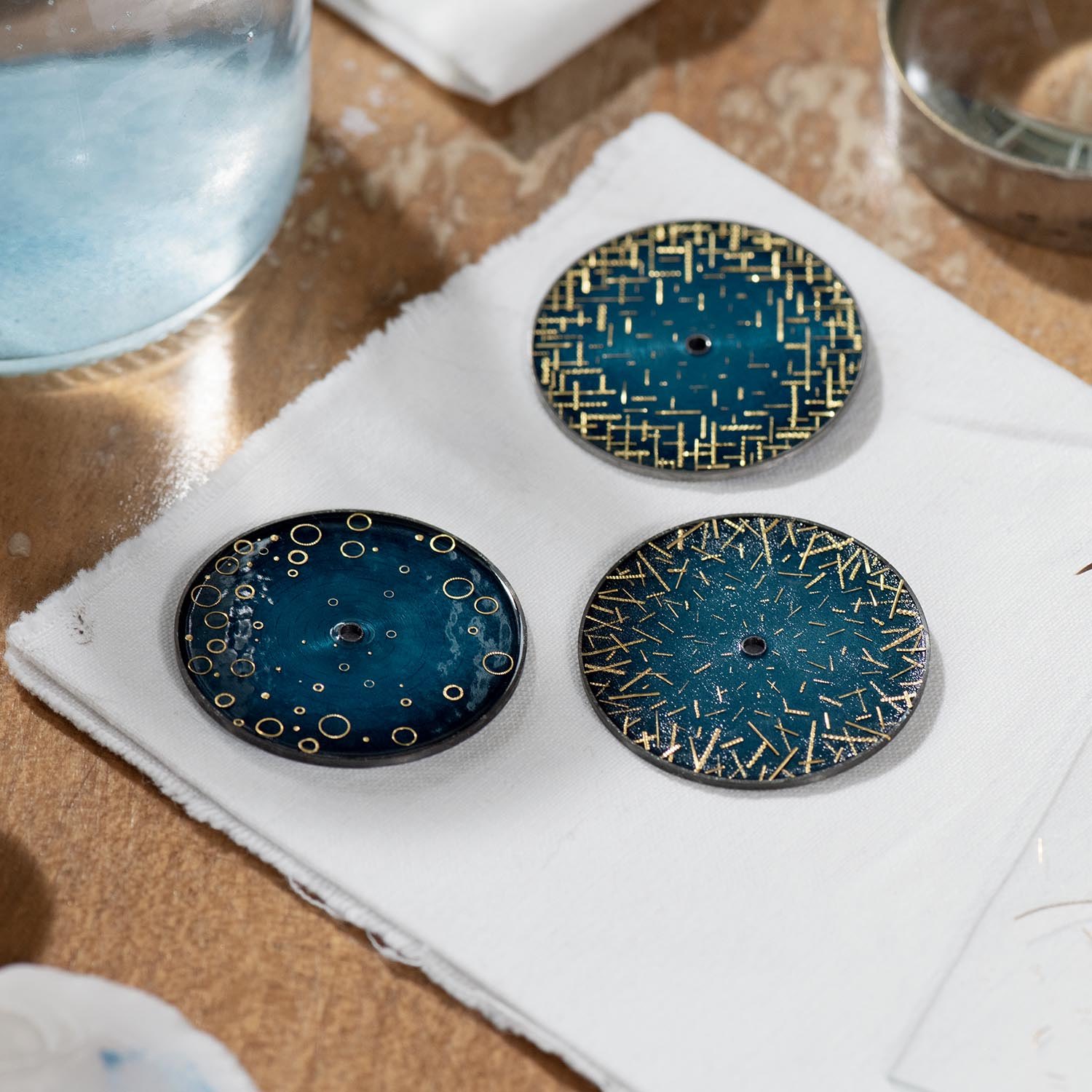
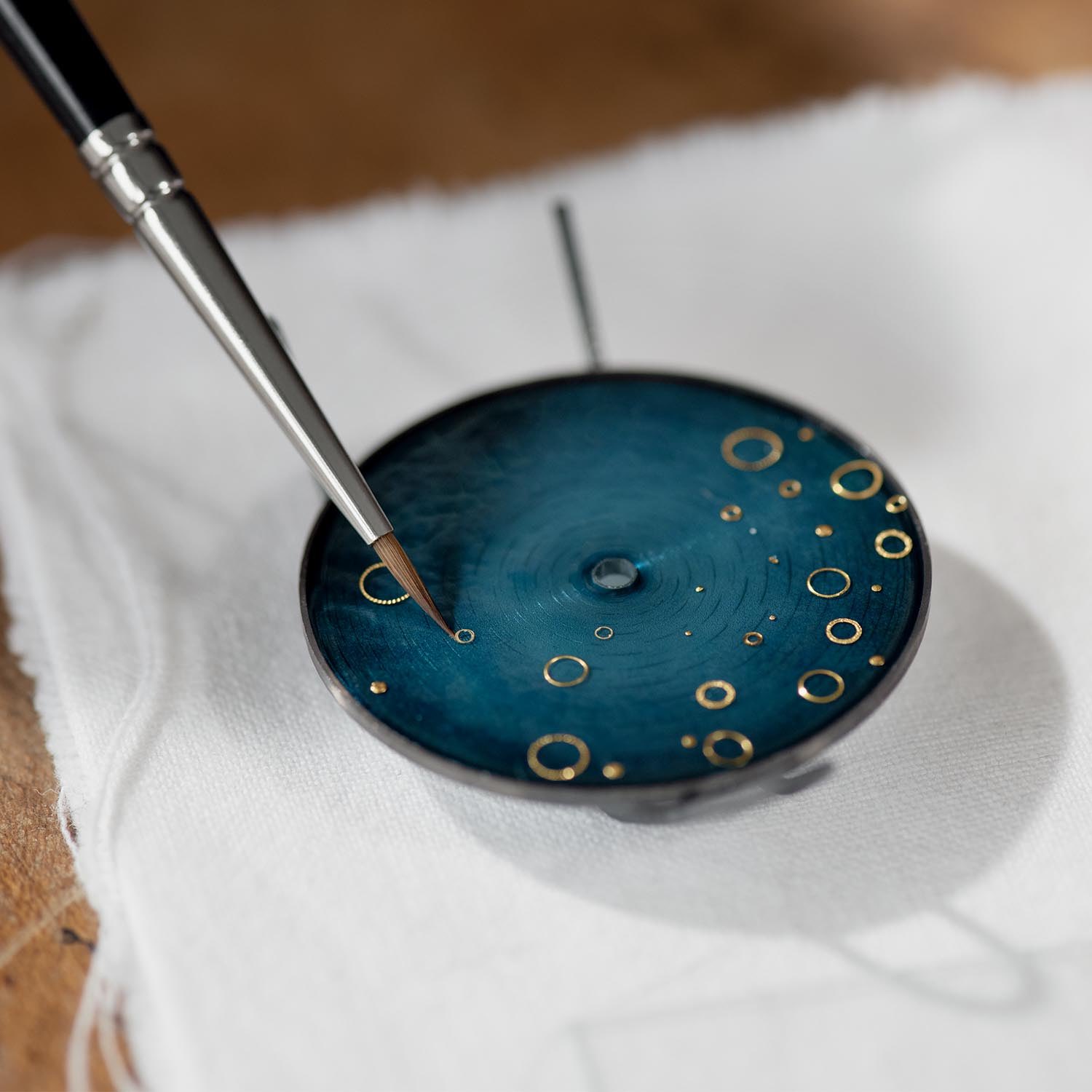
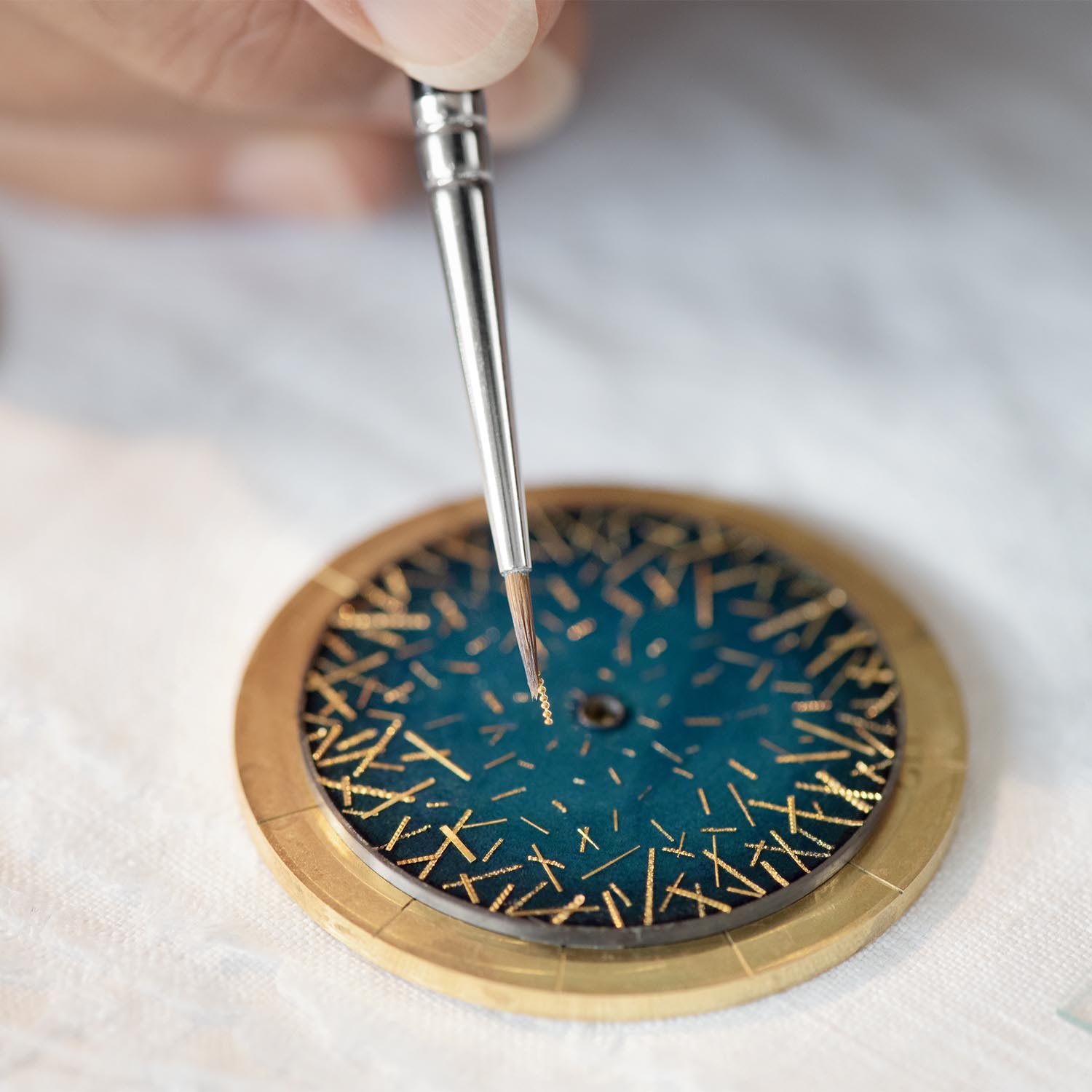
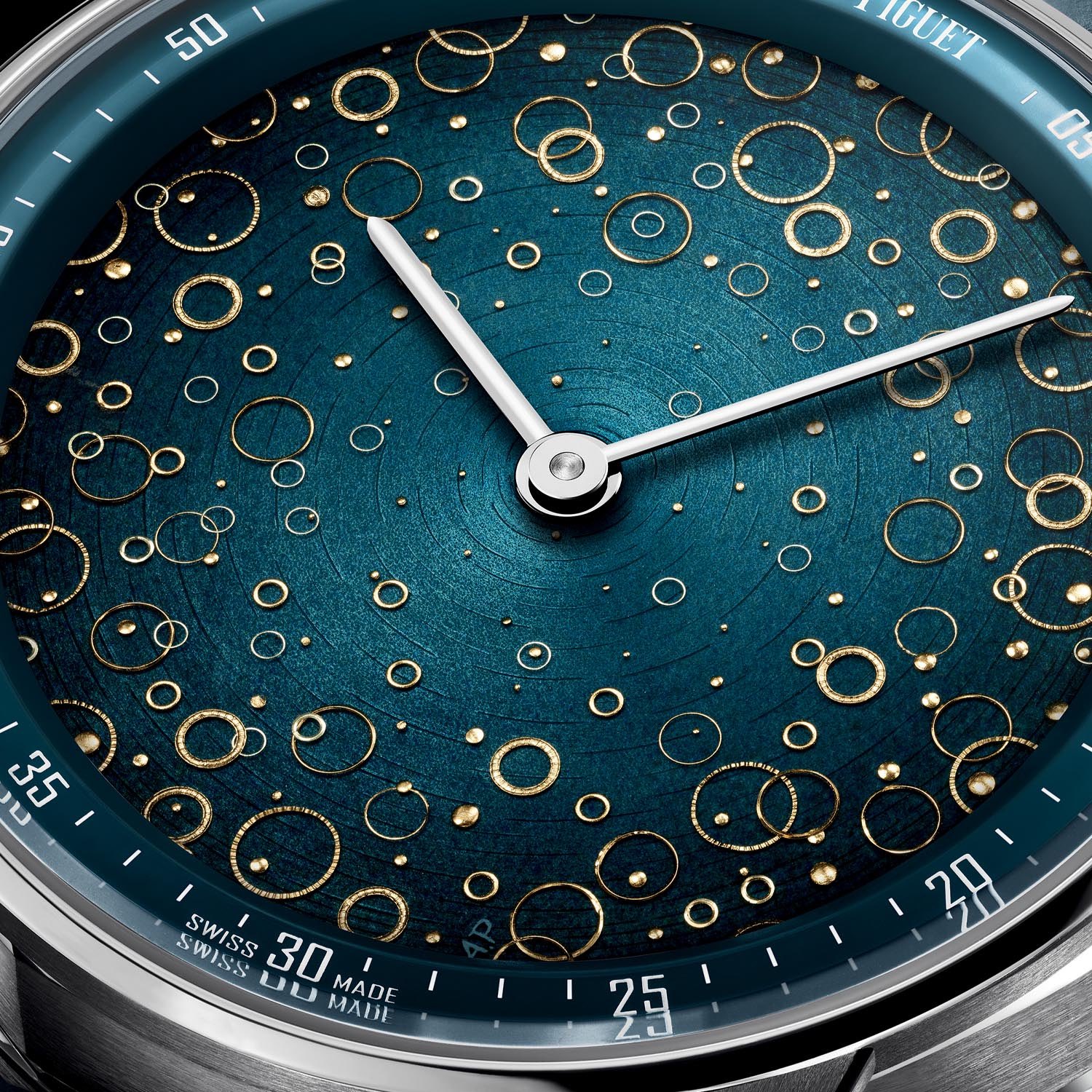
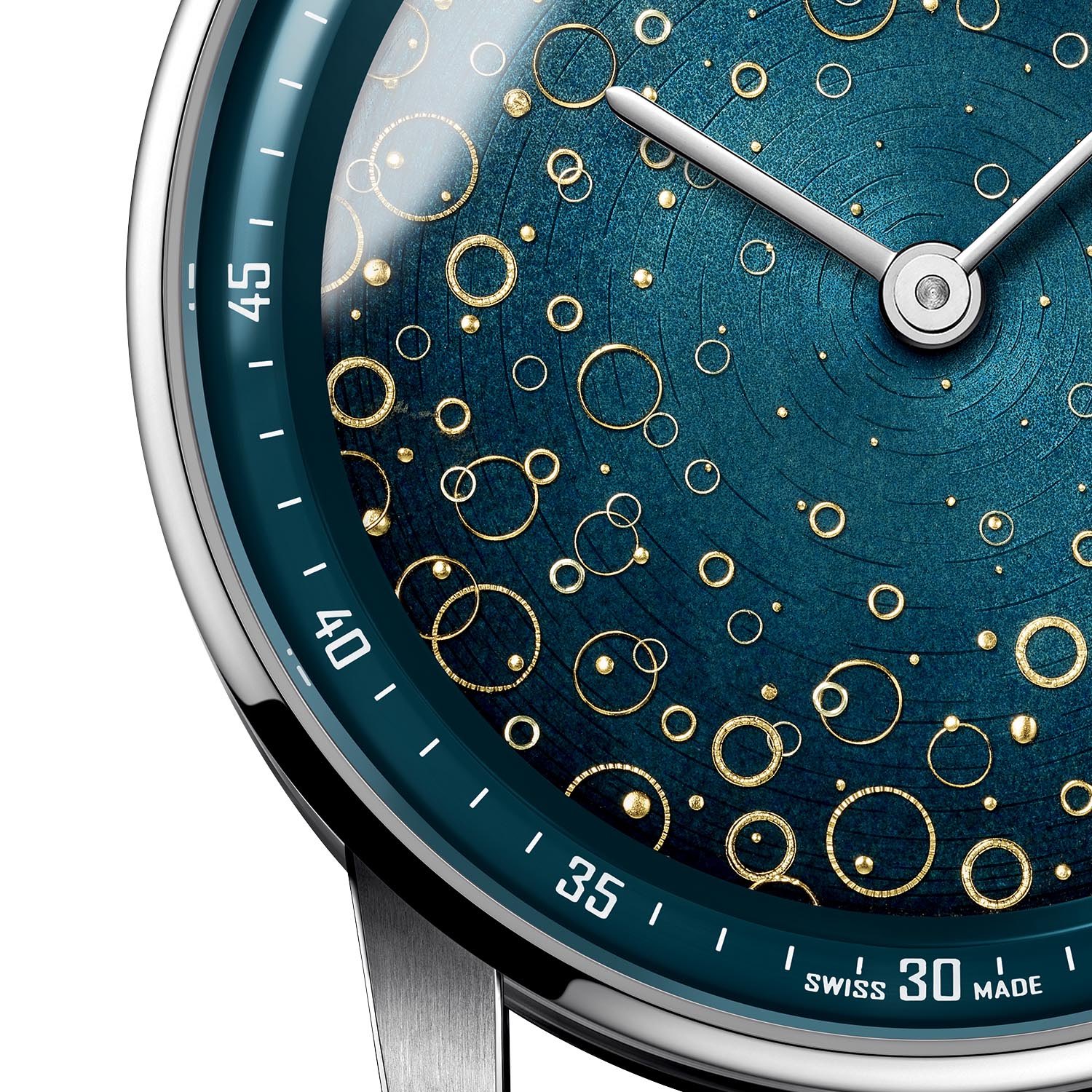
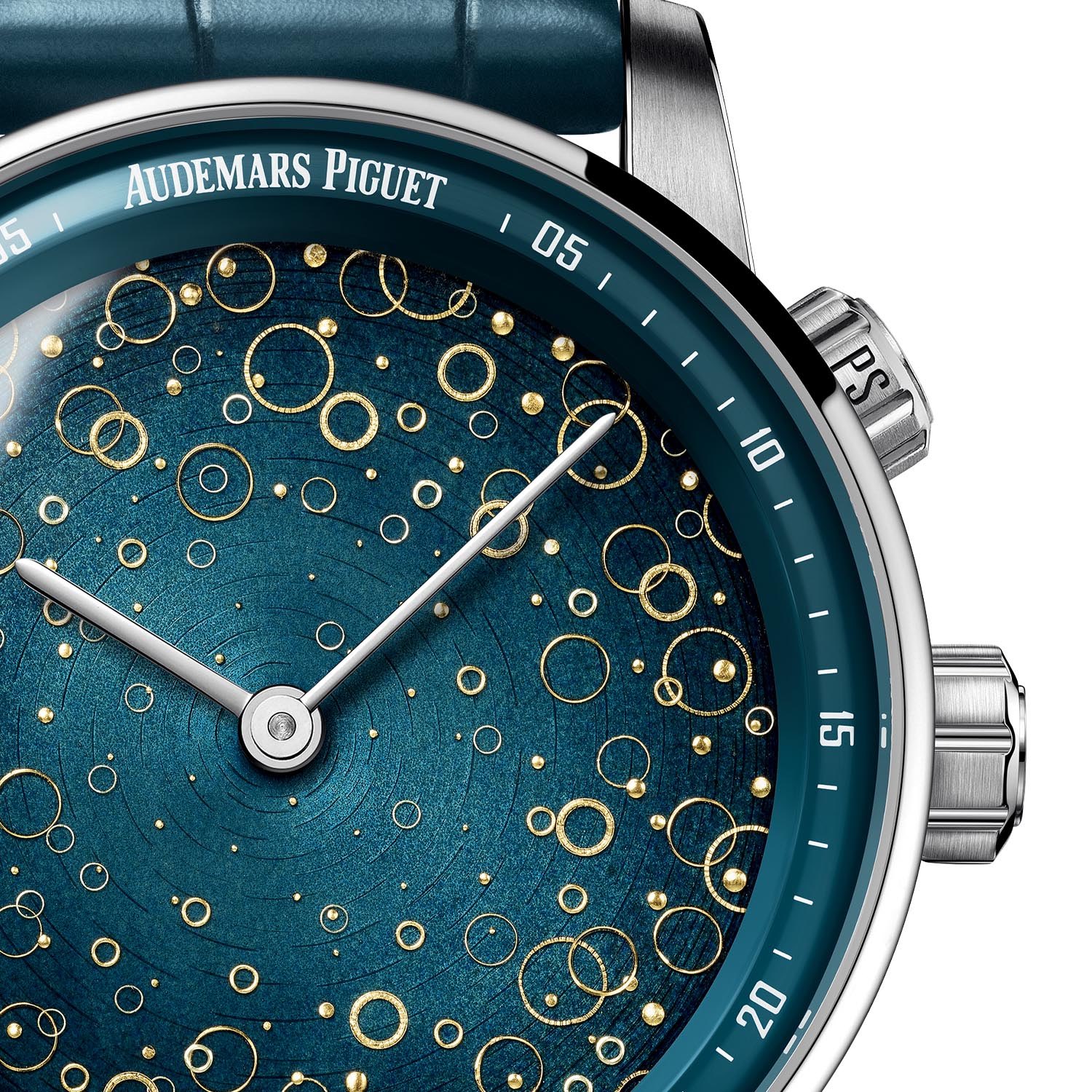



3 responses
I really don’t know what to say this is the dumbest thing I’ve ever seen At the most ridiculous price. I’d love to see the person that buys one of these
A fascinating mechanism. I am not sure if its actually all that useful but clever nonetheless. The dial is most unfortunate, obviously an awful lot of work gone into it, but hideous. A bit of a niche market at that price.
CHF 725,000 for that? Get serious!